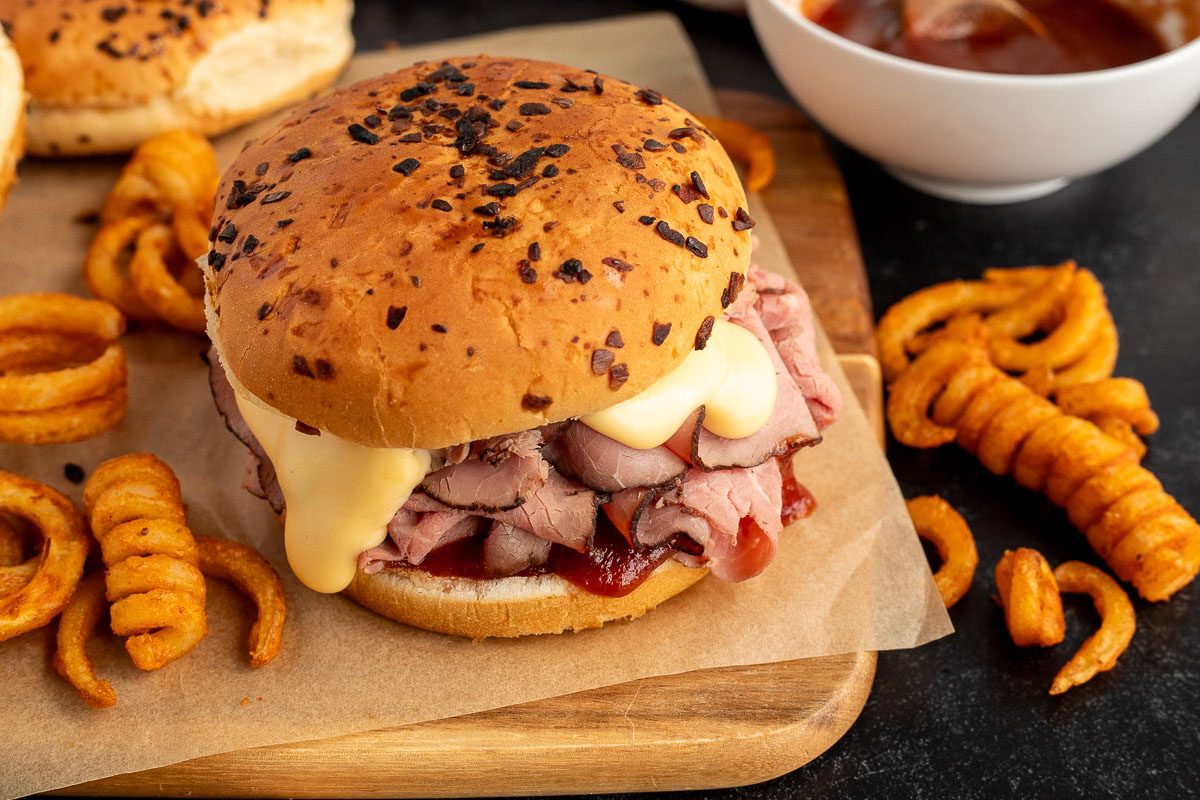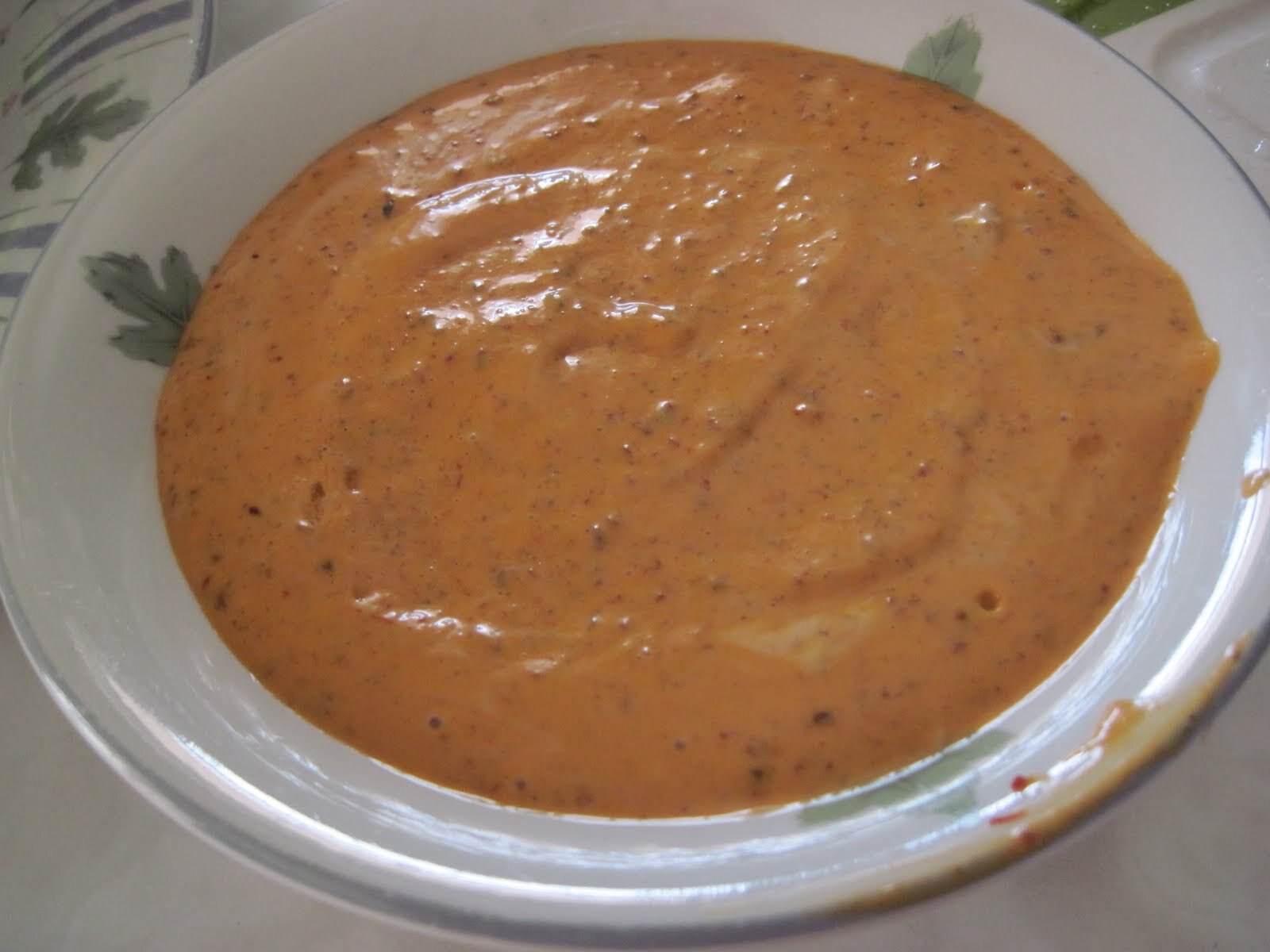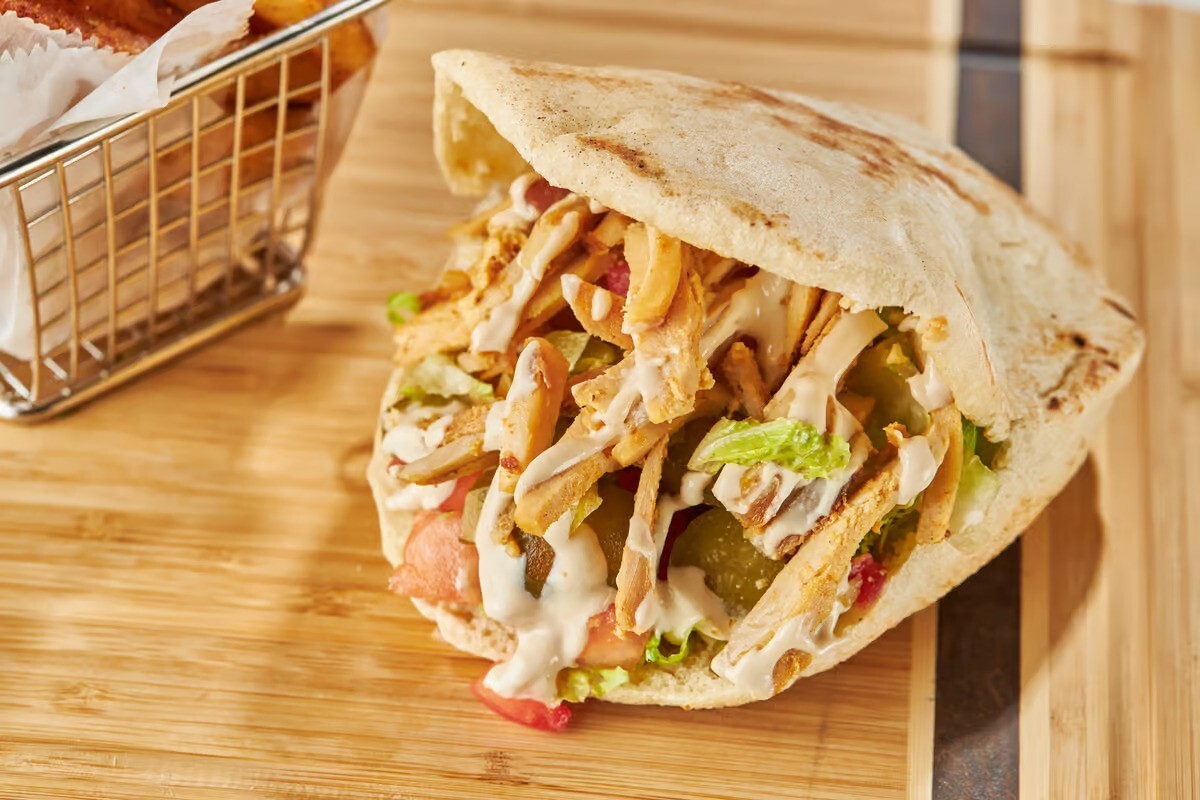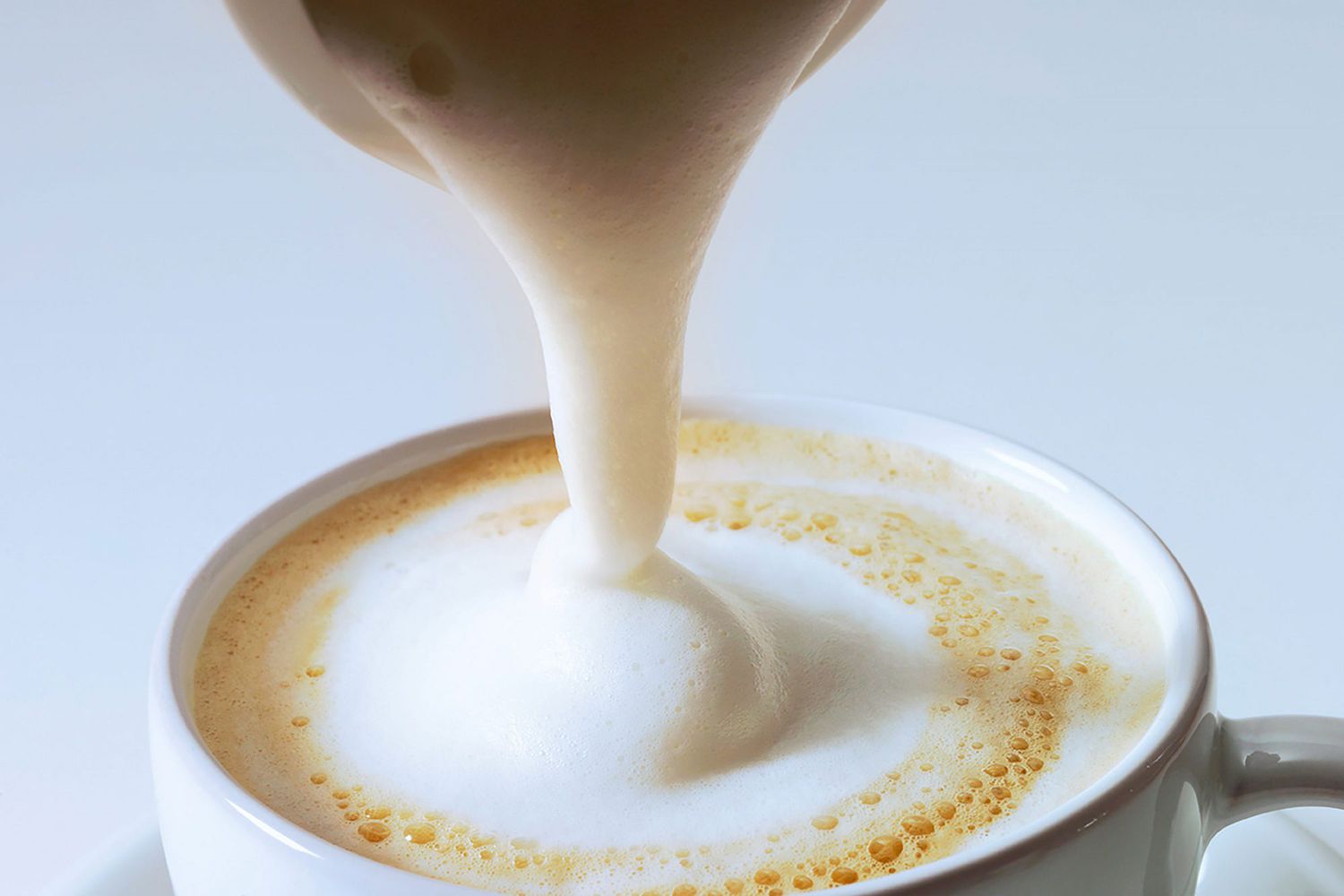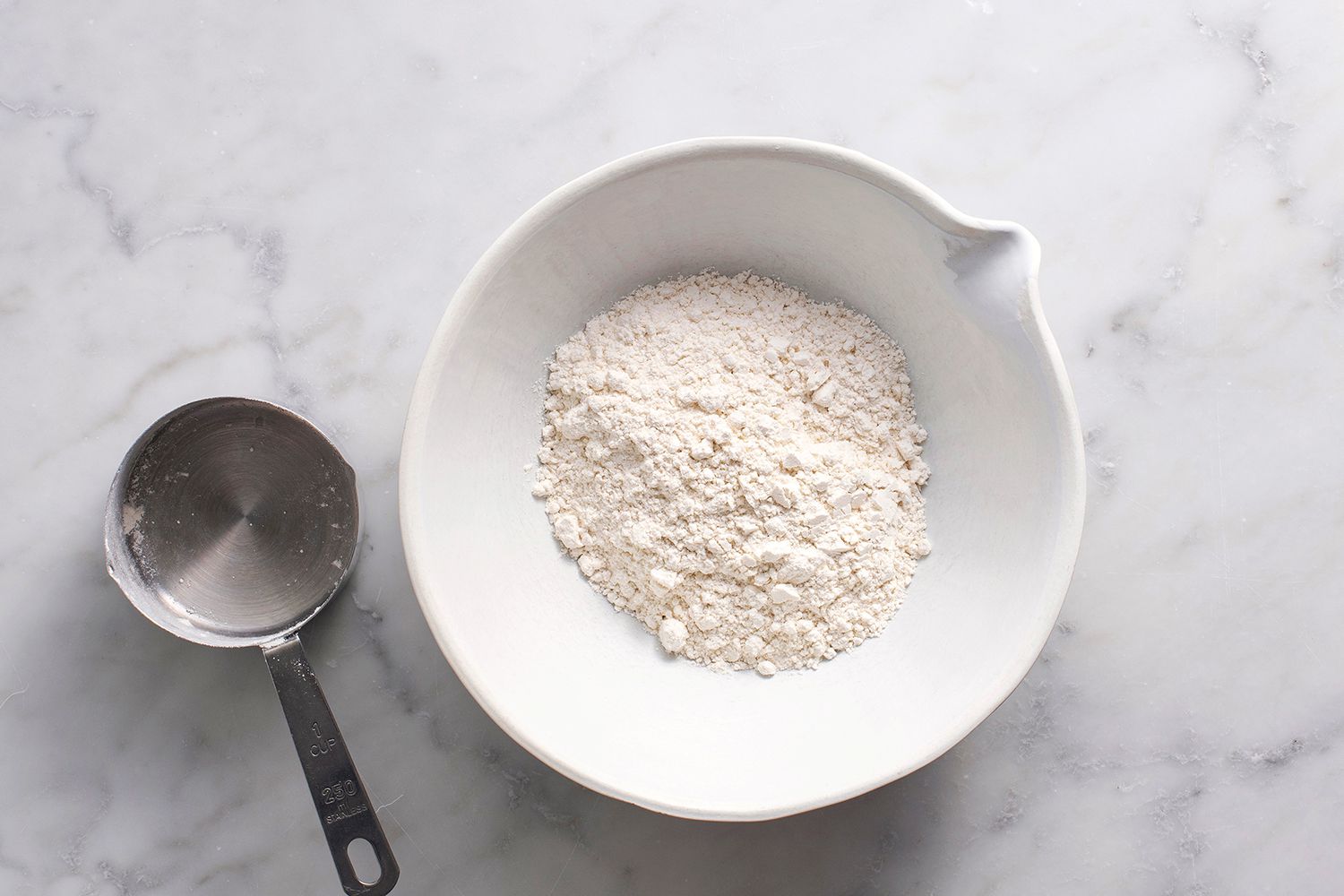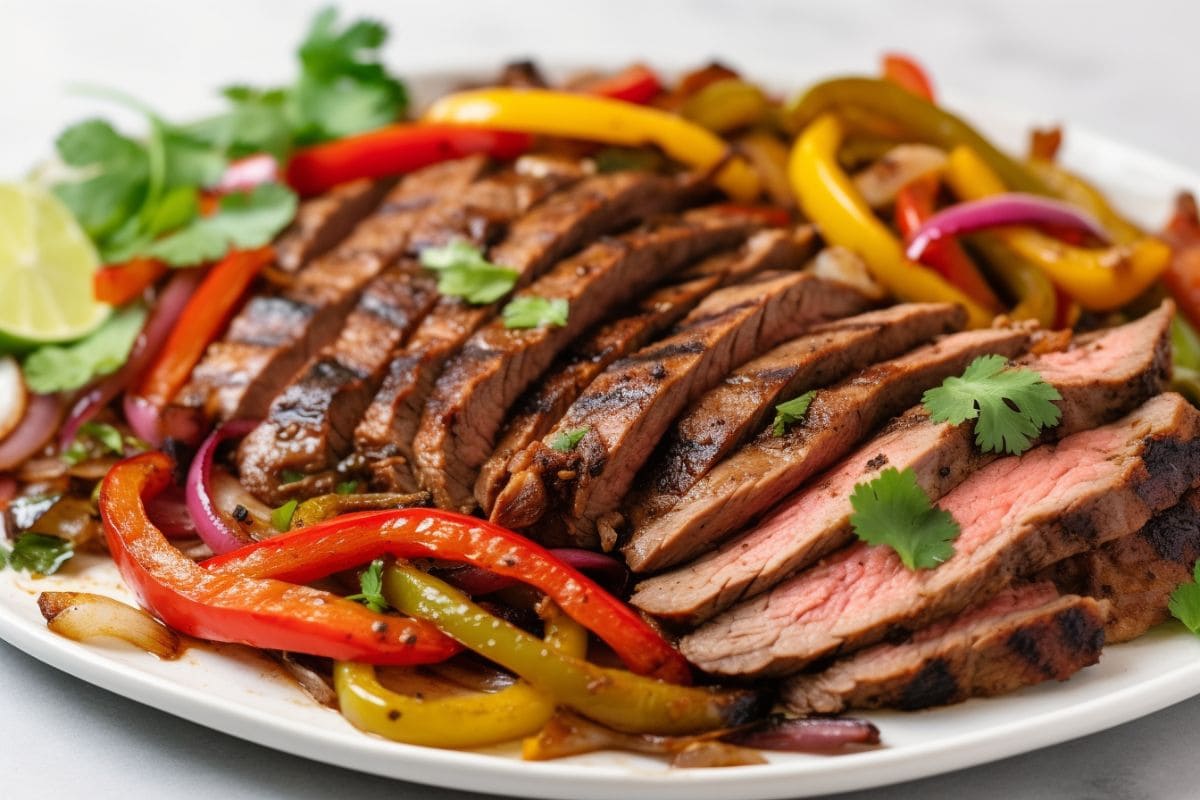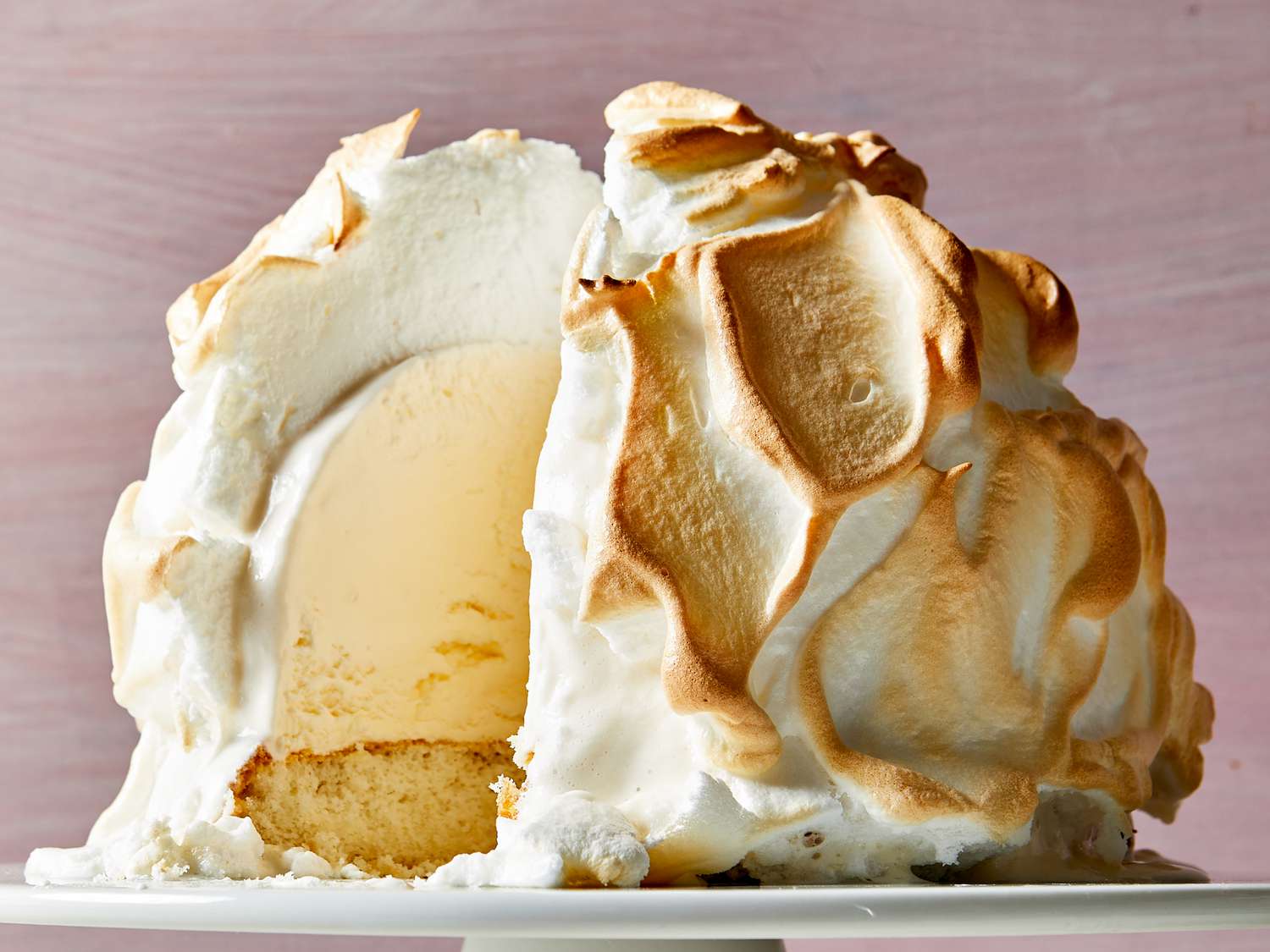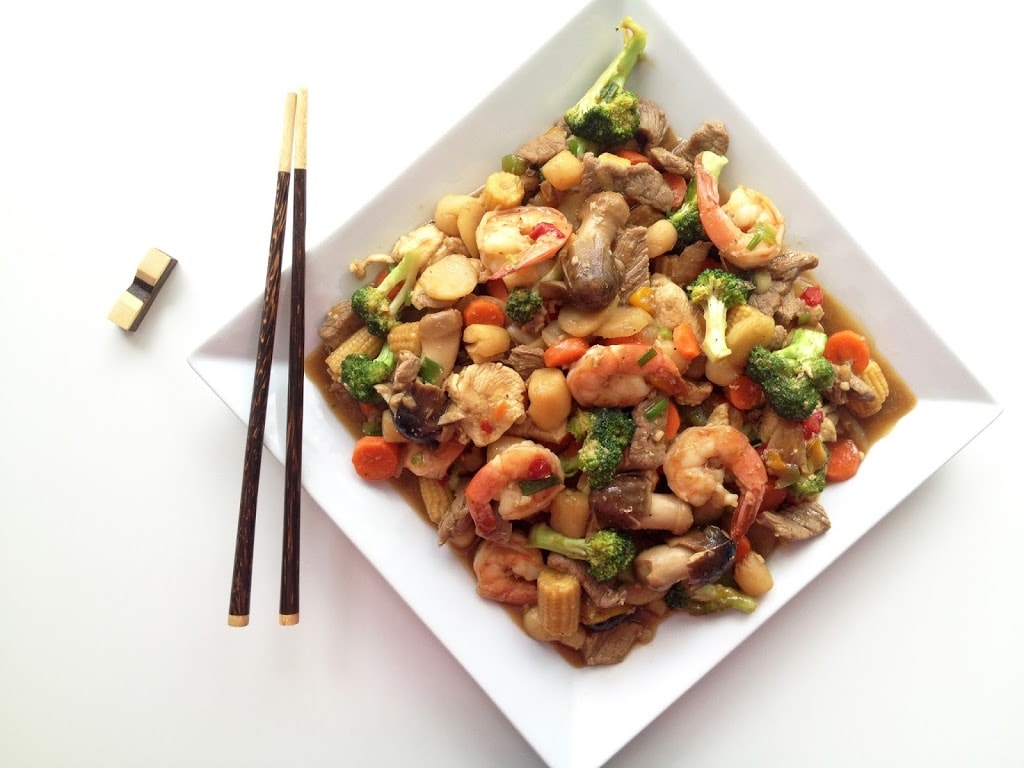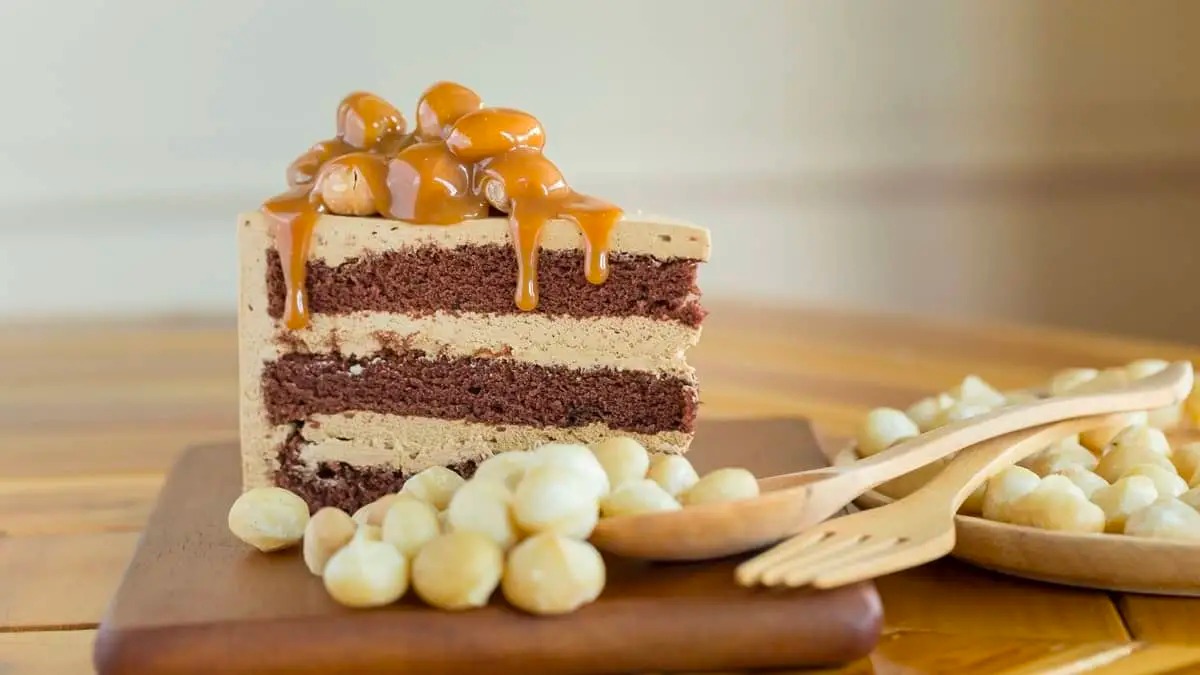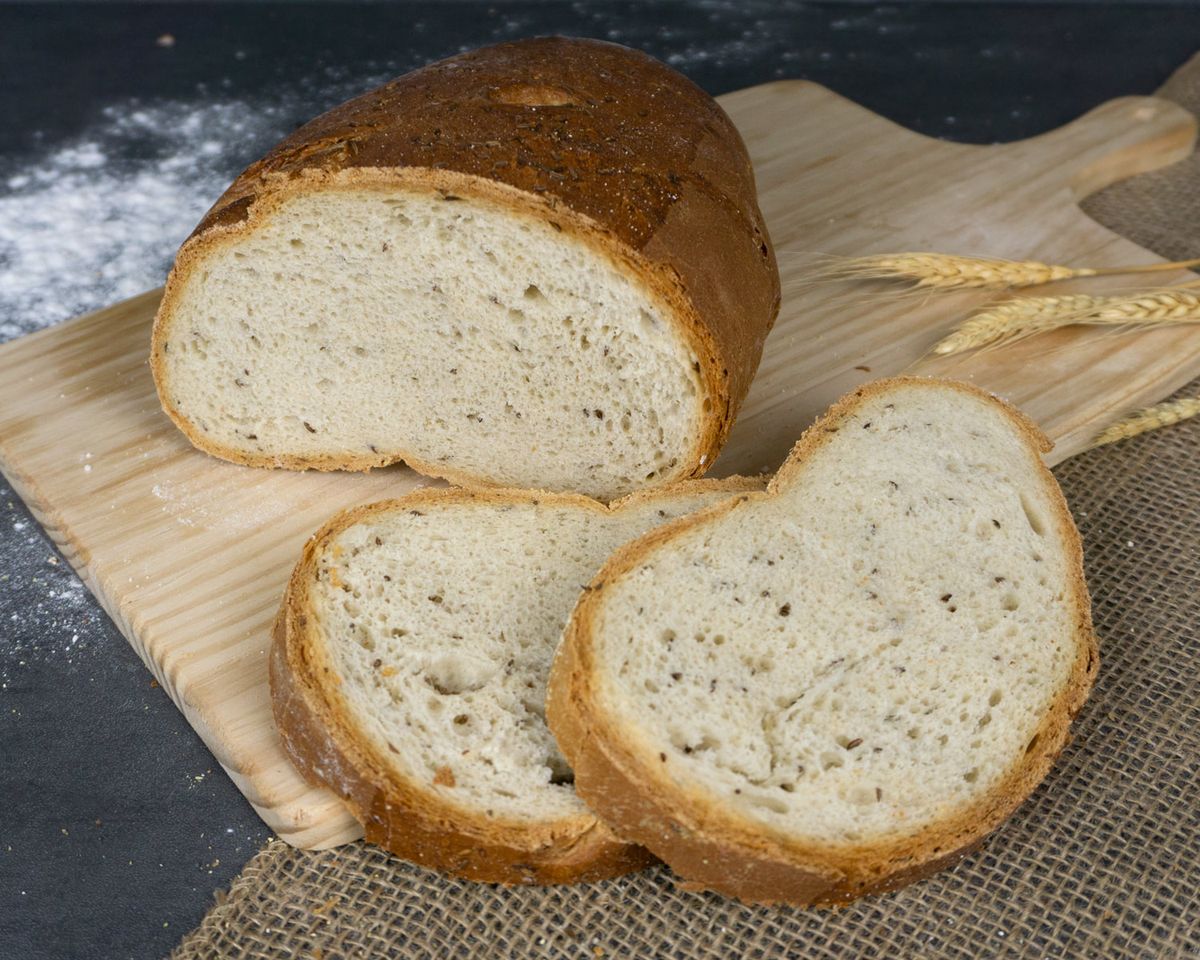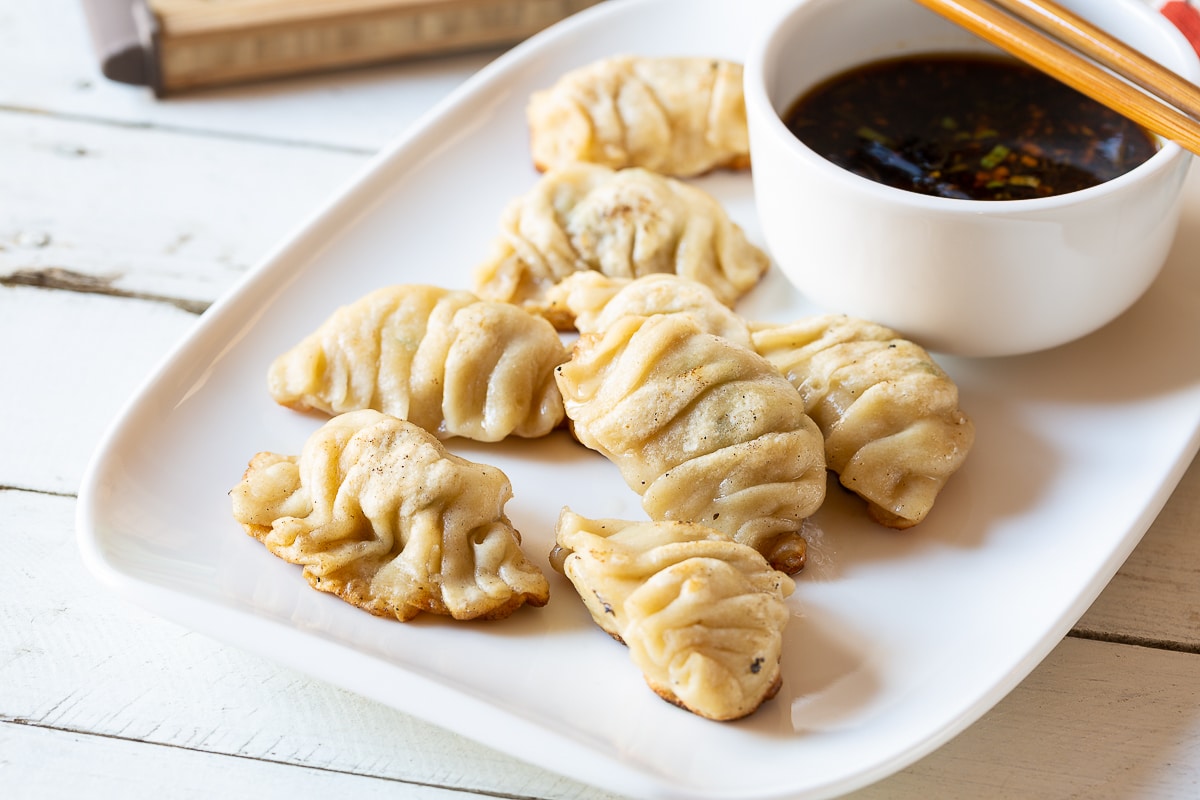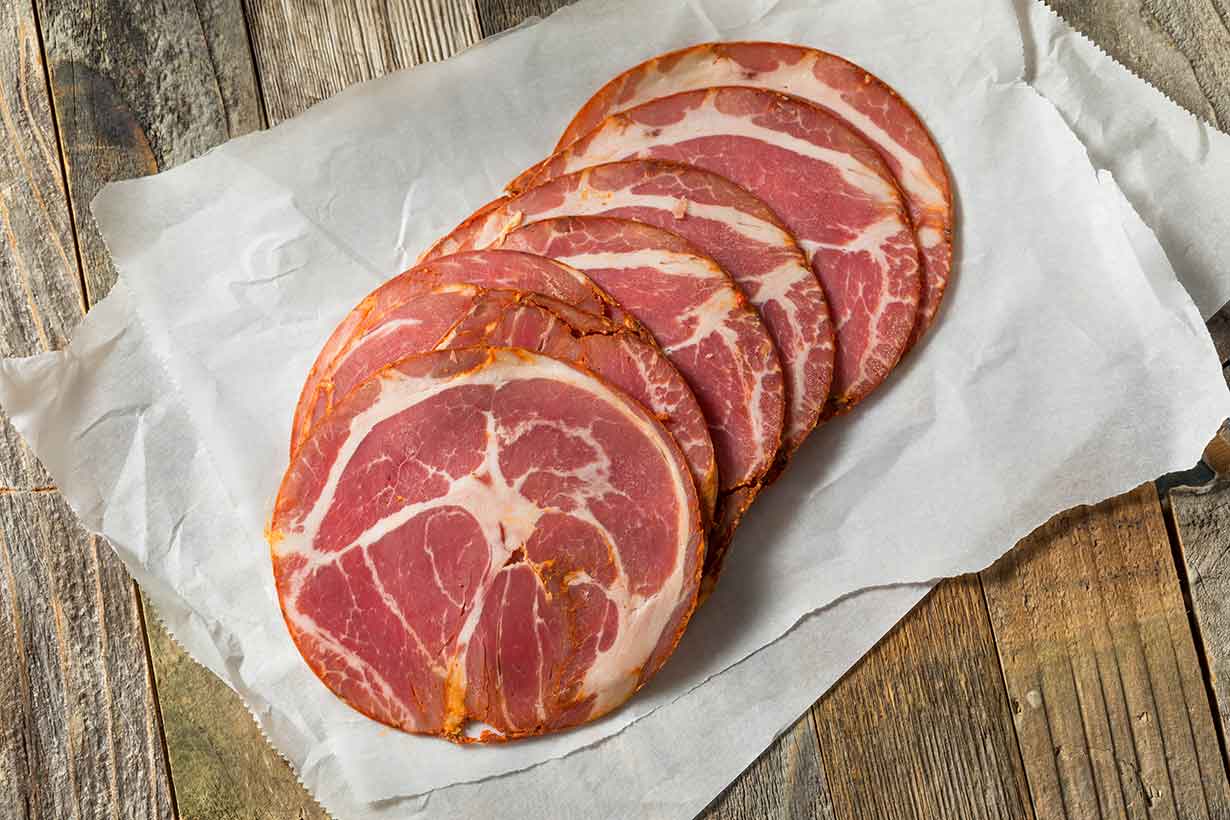Understanding Dry Butter: A Culinary Essential
When it comes to cooking and baking, butter is a staple ingredient that adds richness and flavor to a wide variety of dishes. However, you may have come across the term “dry butter” and wondered what it is and how it differs from regular butter. In this article, we’ll explore the concept of dry butter and its uses in the culinary world.
What Is Dry Butter?
Dry butter, also known as butter powder, is a dehydrated form of butter that has had the moisture removed through a specialized drying process. This results in a fine, powdery substance that retains the rich flavor of butter but has a longer shelf life and can be easily reconstituted with water.
Uses of Dry Butter
Dry butter has a variety of uses in both professional and home kitchens. Here are some common applications:
- Convenient Storage: Dry butter has a longer shelf life than regular butter, making it a convenient option for long-term storage without the need for refrigeration.
- Baking: Dry butter can be used in baking recipes to add the rich, buttery flavor without the need for softened or melted butter. It can be easily incorporated into dry ingredients and rehydrated with the addition of water.
- Seasoning: Butter powder can be used as a seasoning for popcorn, vegetables, and other dishes, adding a burst of buttery flavor without the need for liquid butter.
- Camping and Outdoor Cooking: Dry butter is a lightweight and portable option for outdoor cooking and camping trips, providing a convenient way to add buttery flavor to meals without the need for refrigeration.
Reconstituting Dry Butter
Reconstituting dry butter is a simple process that involves adding water to the powder to bring it back to its original buttery consistency. The ratio of water to dry butter may vary depending on the desired application, so it’s important to follow the instructions provided on the packaging or recipe.
Where to Find Dry Butter
Dry butter can be found in specialty food stores, baking supply shops, and online retailers. It is often sold in resealable pouches or containers for easy storage and use.
Conclusion
While dry butter may not be as commonly used as traditional butter, it offers a convenient and versatile option for adding buttery flavor to a wide range of dishes. Whether you’re looking for a long-lasting storage solution or a portable option for outdoor cooking, dry butter can be a valuable addition to your culinary arsenal.
Next time you come across a recipe that calls for butter, consider experimenting with dry butter to see how it can enhance the flavor and convenience of your cooking and baking endeavors.
Was this page helpful?
Read Next: What Is A Dumpling Latte
